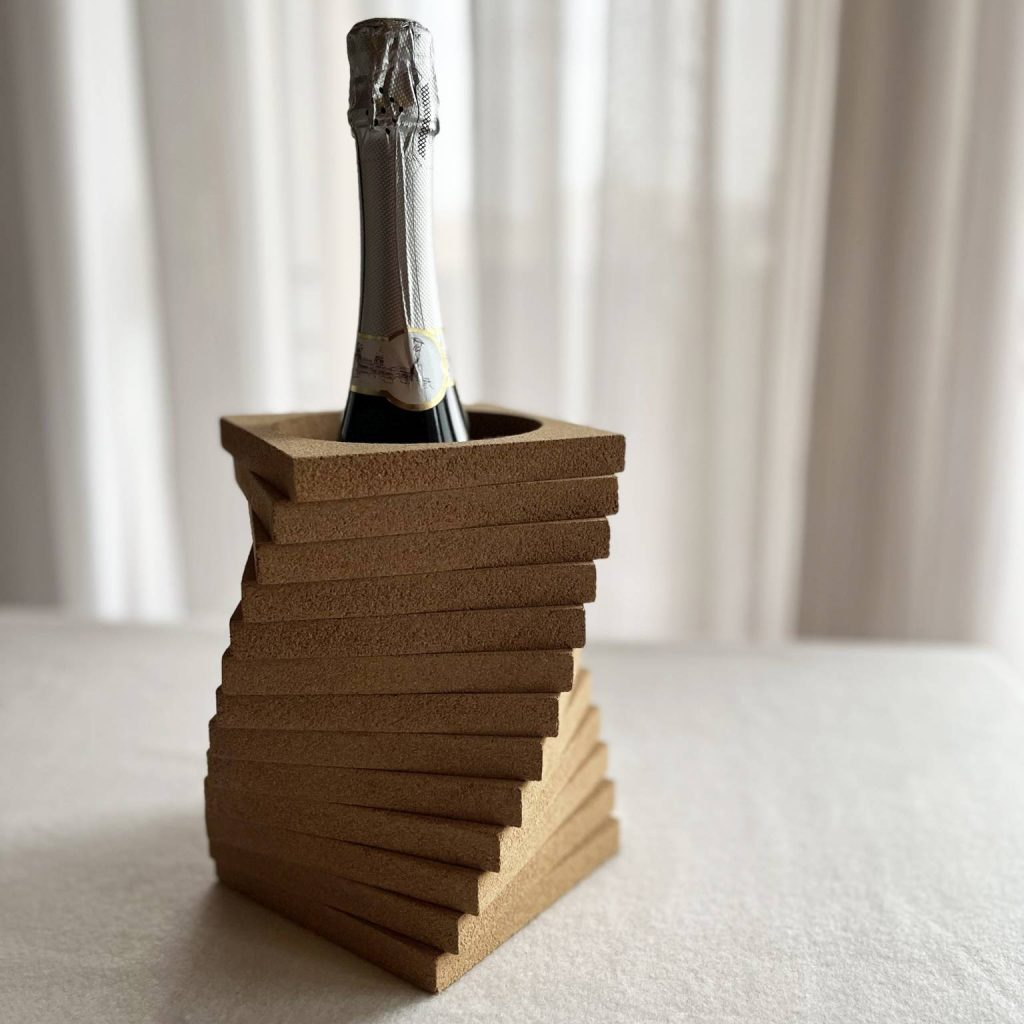Uncategorized
Why should you pay attention to the temperature of the wine?
The enjoyment of wine depends not only on its quality, but also on the way it is served. One of the most important factors that affects the taste, aroma and overall experience of wine is the temperature of the wine. But why is this so important? Let’s see why you should pay attention to the temperature of the wine!
Development of Aromas and Flavors
Different wines show their best aromas and flavors at different temperatures. For example, the freshness and fruitiness of white wines are most effective at cooler temperatures, while the complex flavors of red wines unfold at warmer temperatures. If the wine is too cold, it can suppress the flavors and aromas, and if it is too warm, the alcohol can come to the fore and the wine can lose its balance.
Keeping the balance
The balance of a wine is extremely important for enjoyment. If it is consumed at the wrong temperature, the balance of the wine’s taste and structure can be lost. If the wine is too cold, the flavors and aromas are suppressed, while if the wine is too warm, the alcohol can dominate, which worsens the overall effect.
Sparkling Wines
Drinking champagnes and other sparkling wines like Cava, or Prosecco colder (6-8°C) helps preserve their freshness and effervescence. The right temperature brings out the freshness and elegance of the wine, which can be particularly refreshing on a hot summer day. For example, the wine coolers designed and manufactured by us can maintain the appropriate drinking temperature for up to 2 hours.

Highlighting structural elements
The temperature of the wine affects its tannins, acidity or sweetness. At the right temperature, these elements blend together harmoniously and highlight the structure and complexity of the wine. For example, a tannin-rich red wine appears more velvety at warmer temperatures, while a high-acid white wine is fresher and more lively at cooler temperatures.
Masking or highlighting taste defects
Inadequate temperature can highlight flavor defects that would be less noticeable at the correct temperature. For example, a wine that is too cold can acquire a metallic taste, while in the case of a wine that is too warm, oxidation notes such as tobacco or acidity can come to the fore.
Ideal temperatures
For an optimal experience, it is recommended to drink the various wines at the following temperatures:
• White wines and rosés: between 7-12°C. Light, dry white wines and rosés prefer cooler temperatures, while fuller, barrel-aged white wines prefer slightly warmer temperatures.
• Red wines: ideal between 15-18°C. Lighter red wines should be consumed cooler, while fuller, more tannic red wines should be consumed warmer.
• Champagnes and sparkling wines: best between 6-8°C, as the cold temperature brings out their freshness and vivacity.
Summary
Overall, drinking wine at the right temperature not only improves its enjoyment value, but allows us to reach its full potential. Whether you choose a light white wine or a complex red wine, finding the right temperature is key to giving you the best possible experience.
The next time you open a wine, pay attention to the temperature and enjoy the true face of the wine unfolding in your glass!

